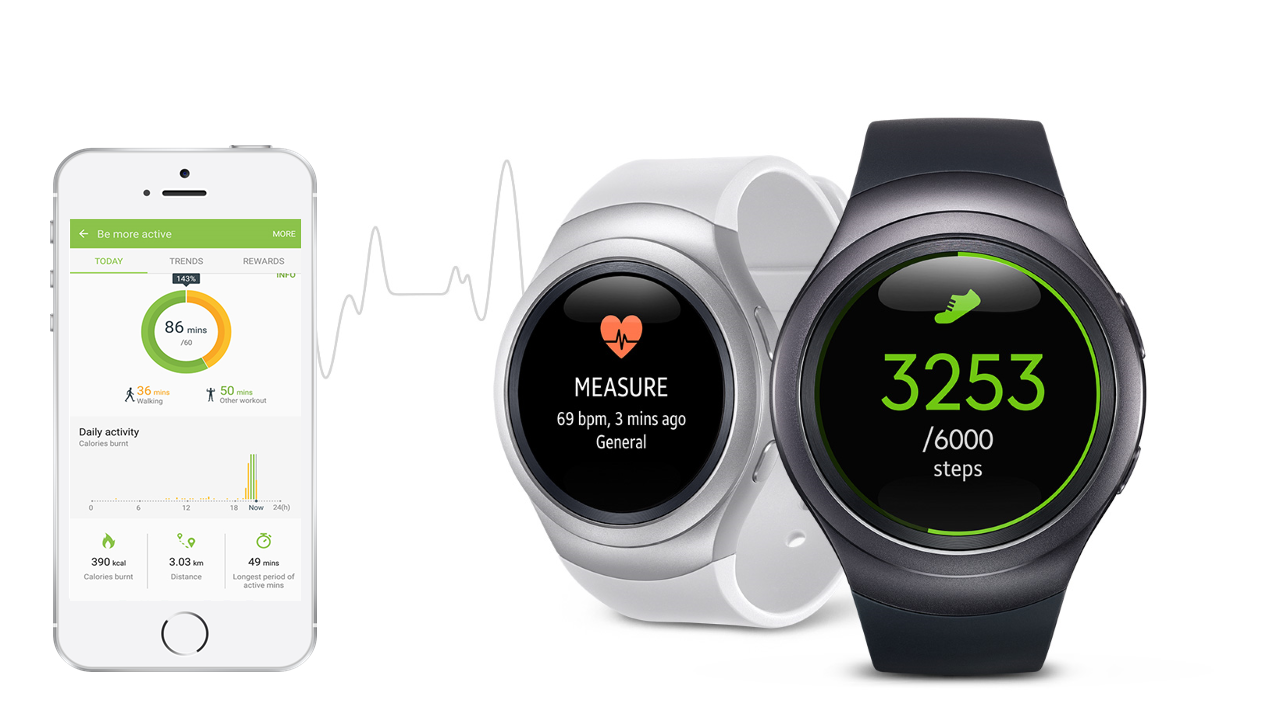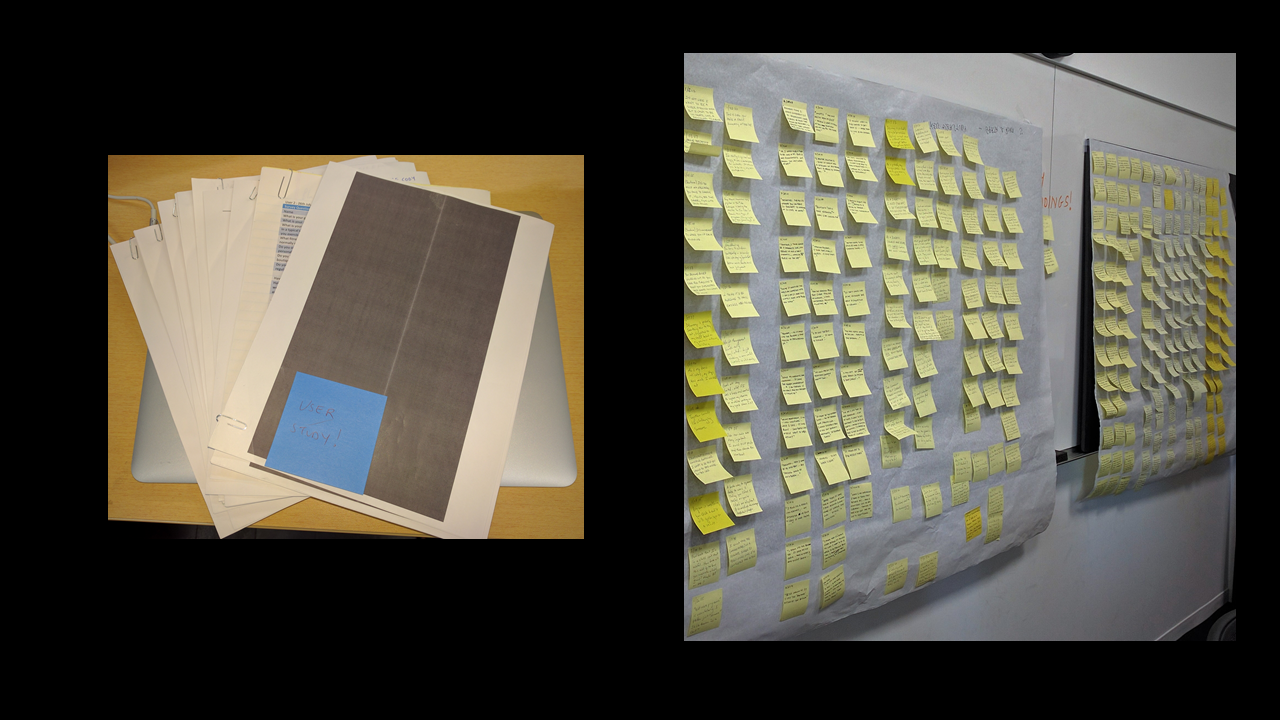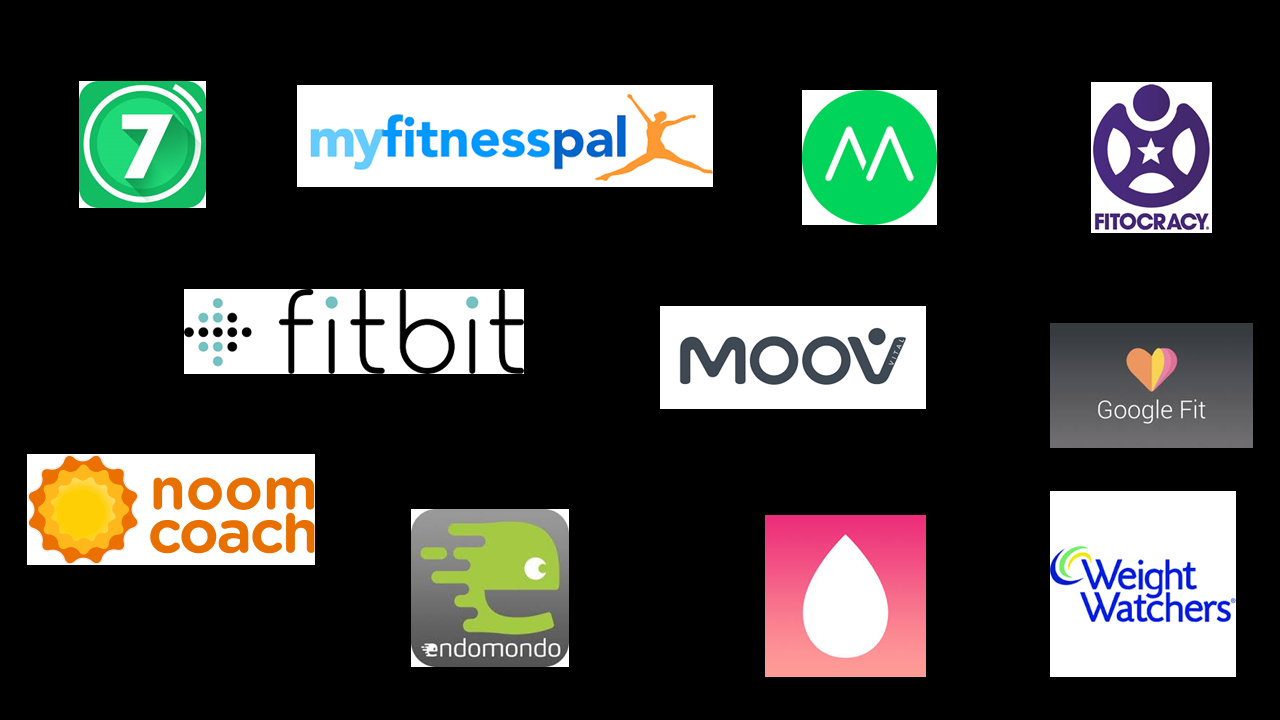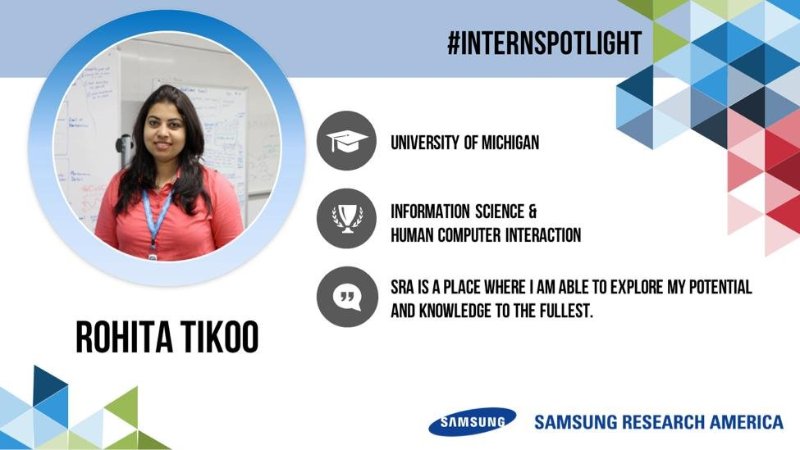

I was a summer (June -September) 2016 intern on the UX Research and Engineering team and worked on S- Health Redesign (B2C) and a B2B mobile health application.
I performed generative research to understand people’s behaviors and needs in the early stages of project. I used methods like in-depth user interviews, surveys and competitive analysis.
When the team started to develop concepts and features, I performed iterative evaluative studies like concept testing interview to inform further design decisions.
I did quick literature/secondary research to understand the market and the trend and presented the findings to help the design and product management teams understand the big picture of the chronic health domain.
I worked with the engineering team and contributed to the development of the in-house analytic engine by providing Python scripts for data cleaning, preparation and exploring JSON usage log files generated from the A/B test of B2B mobile application prototypes.
I also analyzed this data generated from usage logs during the beta launch of the B2B mobile application prototype, to answer quantitative user research questions that would lead to new feature recommendations.
I collaborated with the product designers on our team to ensure that we included user empathy in our design decisions.
I also communicated with the product managers on our team and presented them with the future opportunity areas that could be explored in the B2C health domain.
I led the planning for the recruitment and scheduling of participants for the user interviews and concept testing.
I proposed and implemented the synthesis of qualitative data using affinity wall as a tool.
We had to identify the user embodiment of the S-Health app, their behaviors and needs, and the
consumer health market trends, to help the product team scope down.
I had only 2 weeks for this stage of generative research Limited data available of current S-Health users and there was a broad user base of consumer health applications.
It was critical to build a software system that would efficiently process the JSON usage logs generated by the user test B2B mobile application prototypes. The data visualization report generated by this system was required to answer some important quantitative user research question with respect to the implemented features in the prototype.
Online Surveys
Sampling participants: mix of gender, age, professionals, levels of fitness activity
Recruitment
Scheduling: 1.5 hours each, 10 participants in total
User Interviews: Participants were asked questions related to their typical weekday, as well as their physical/fitness
activities, the tool they used, and pain points they experienced during that day.
Analyze the video recordings and notes during user interviews
Construct an Affinity Wall from the user notes.
Brainstorming with other UX Research team members.
Generate insights and recommendations for the product design and management teams.

Data collected from the product prototypes being used by test users.
Capturing the data and generating the usage log.
Tracking the test users ‘interaction with the product prototype.
Analyzing the usage logs.
Understanding which features work best or not.
Insights related to which features can be improved/added/removed.

Involved analyzing market research Industry reports / journals.
Analyzing competitors in the space – Competitive Analysis
Educating the product design team with the findings.
Generating insights to guide the decisions of product design and management teams.


The user insights related to the needs statement became the foundation of the later design concepts.
Identified few trends in consumer health applications through competitive analysis, these trends later became the aspects of the product’s unique selling propositions.
Results from the concept testing interviews helped to guide the product design decisions.
The recommendations I made for future opportunity areas in the health domain that Samsung could explore, was presented by the product managers of the lab to the Samsung Head Quarters in South Korea.
The python scripts that I used for mining the usage data to answer quantitative research questions helped to determine the effectiveness of the features present in the prototypes.
I was selected by the Samsung HR to feature in the intern spotlight initiative on social media pages of the company.
